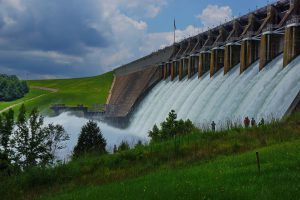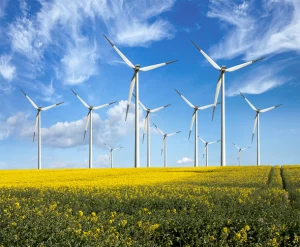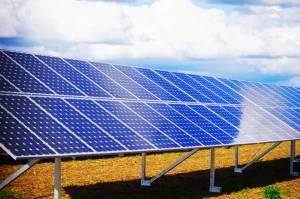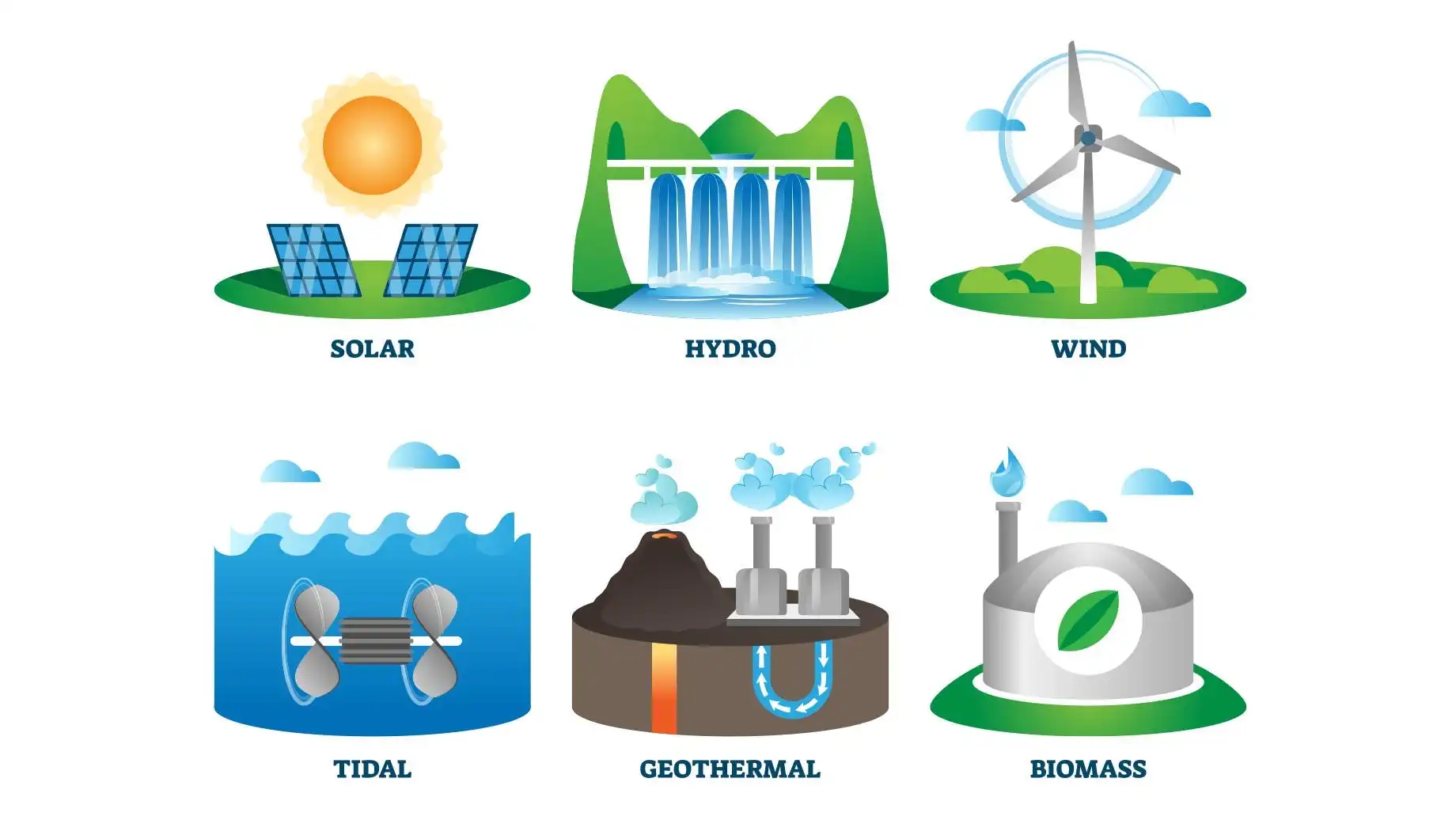1. Hydroelectricity
For centuries, humans have harnessed the energy of river flows, using dams to control the water flow. Hydroelectricity is by far the world’s largest source of renewable energy, with China, Brazil, Canada, the United States and Russia being the top hydroelectric producers. Although hydroelectricity is theoretically a clean energy source supplemented by rain and snow, it also has some drawbacks.
Large dams can disrupt river ecosystems and surrounding communities, harm wildlife and displace residents. Hydropower production is prone to alluvial deposits, which can reduce capacity and damage equipment. Drought can also cause problems. According to a 2018 study, in the western United States, carbon dioxide emissions over a 15-year period were 100 megatons higher than normal precipitation levels, as utilities switched to coal and gas instead. hydroelectric potential is lost due to drought. Even when hydroelectricity is operating at full capacity, it faces emissions problems as organic material decomposes in reservoirs releasing methane.

Dams aren’t the only way to use water for energy: Tidal and wave power projects around the world aim to capture the ocean’s natural rhythms. Marine energy projects currently generate about 500 megawatts of electricity—less than one percent of total renewables—but the potential is much greater. Programs such as Scotland’s Saltire Awards have encouraged innovation in the field.
2. Wind
Harnessing wind as an energy source began more than 7,000 years ago. Now, wind turbines for power generation are growing rapidly globally, and China, the United States and Germany are the world’s leading wind energy producers. Between 2001 and 2017, cumulative wind capacity worldwide grew to more than 539,000 megawatts from 23,900 megawatts—22 times more.

Some may object to the way wind turbines look towards the horizon and the way they sound, but wind power, at its falling prices, is proving to be a resource too valuable to deny. . While most wind power comes from onshore turbines, offshore projects are also popping up, most notably in the UK and Germany. The first US offshore wind farm opened in 2016 in Rhode Island, and other offshore projects are gaining momentum. Another problem with wind turbines is that they endanger birds and bats, killing hundreds of thousands each year, not so much as glass collisions and other threats like habitat loss and invasive species. invasive, but enough that engineers are working on solutions to make them safer for wildlife to fly.
3. Solar energy
From rooftops to utility-scale farms, solar is reshaping energy markets around the world. In the decade between 2007 and 2017, the world’s total installed energy capacity from photovoltaic panels increased by a whopping 4300%.

In addition to solar panels that convert sunlight into electricity, concentrated solar power plants (CSPs) use mirrors to focus the sun’s heat, generating thermal energy instead. China, Japan, and the United States are leading the solar transition, but solar energy still has a long way to go, accounting for only about 2% of all electricity generated in the United States in 2018. 2017. Solar thermal energy is also being used worldwide for water heating, heating and cooling.
4. Biomass
Biomass energy includes biofuels, such as ethanol and biodiesel, timber, wood waste, biogas from landfills, and municipal solid waste. Like solar energy, biomass is a versatile energy source that can fuel vehicles, heat buildings and produce electricity. But biomass can cause thorny problems.

Critics of corn-based ethanol, for example, argue that it competes with the corn food market and supports similarly harmful agricultural practices that lead to toxic algae blooms and environmental hazards. other. Likewise, debates have raged over whether wood pellets should be shipped from the forests of the United States to Europe for burning for electricity. Meanwhile, scientists and companies are finding ways to more efficiently convert corn stalks, sewage sludge and other biomass sources into energy, with the aim of extracting value from the material that would otherwise be lost. waste.
5. Geothermal

Used for thousands of years in several countries for cooking and heating, geothermal energy is derived from the Earth’s internal heat. On a large scale, underground reservoirs of steam and hot water can be tapped through wells two kilometers or more deep to generate electricity. On a smaller scale, some buildings have geothermal heat pumps that use a temperature difference of several meters below ground level for heating and cooling. Unlike solar and wind, geothermal energy is readily available, but it has side effects that need to be managed, such as the smell of rotten eggs that can accompany the released hydrogen sulfide.



